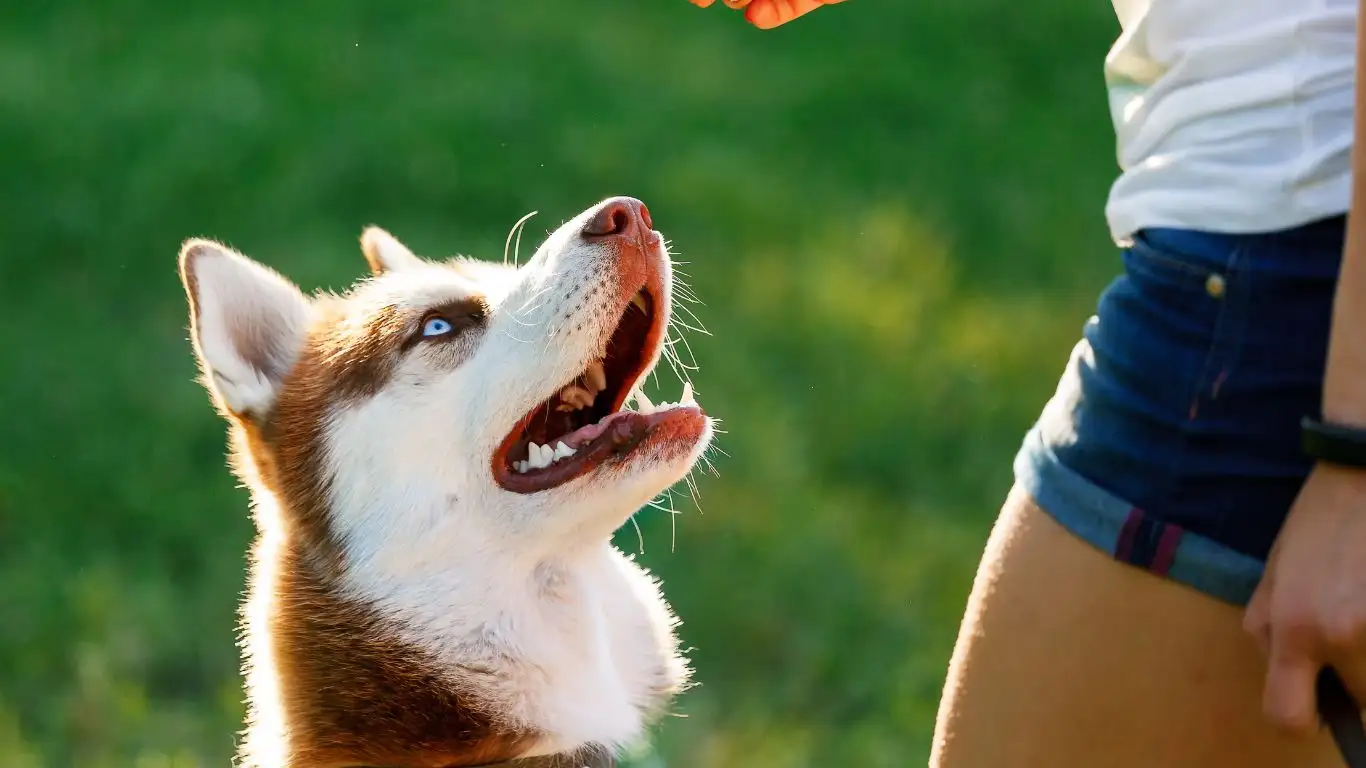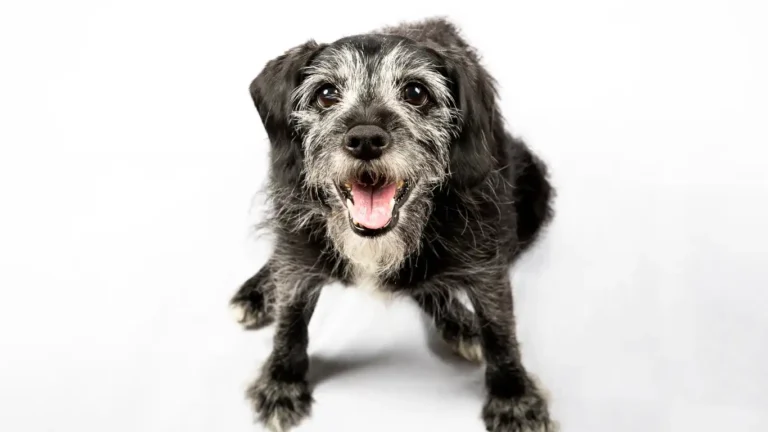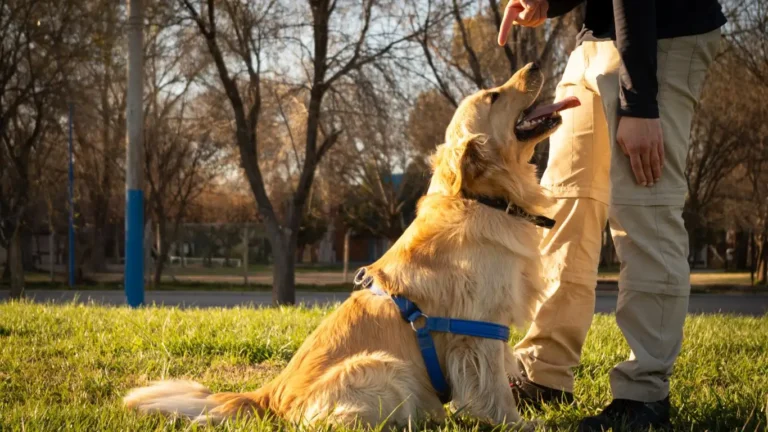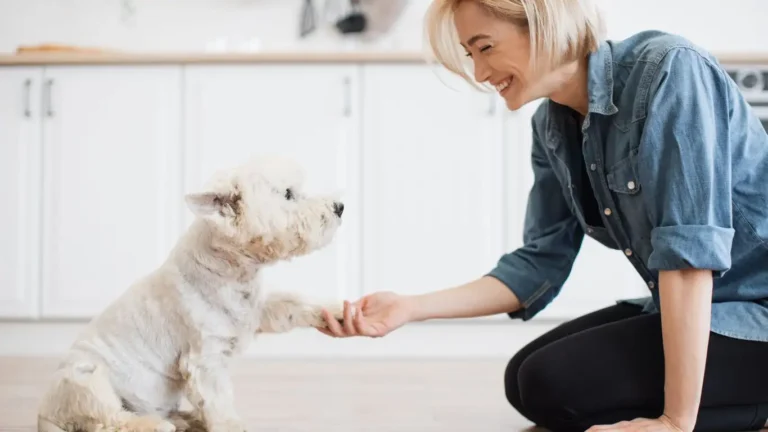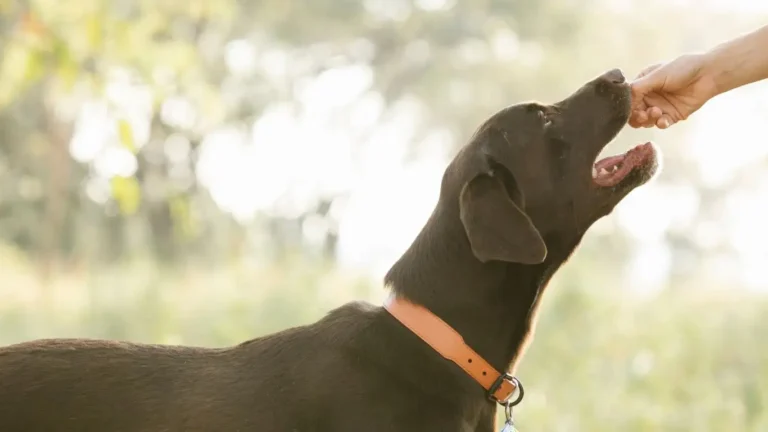Effective Ways to Train a Dog to Stop Pulling Toward Other Animals
Training a dog can be one of the most rewarding experiences, but it’s also one of the most challenging. As a Canine-Assisted Therapy Trainer, I’ve seen firsthand how powerful the bond between a dog and its owner can be when it’s nurtured properly. One of the common problems many dog owners face is their dog pulling toward other animals, whether it’s a cat, a squirrel, or another dog. If you’ve ever found yourself in this situation, you know how difficult it can be to maintain control over your dog when they’re so focused on other creatures. But don’t worry—there are effective ways to train your dog to stop pulling toward other animals. In this article, we’ll explore the techniques and strategies that will help you regain control and improve your walks.
Why Dogs Pull Toward Other Animals
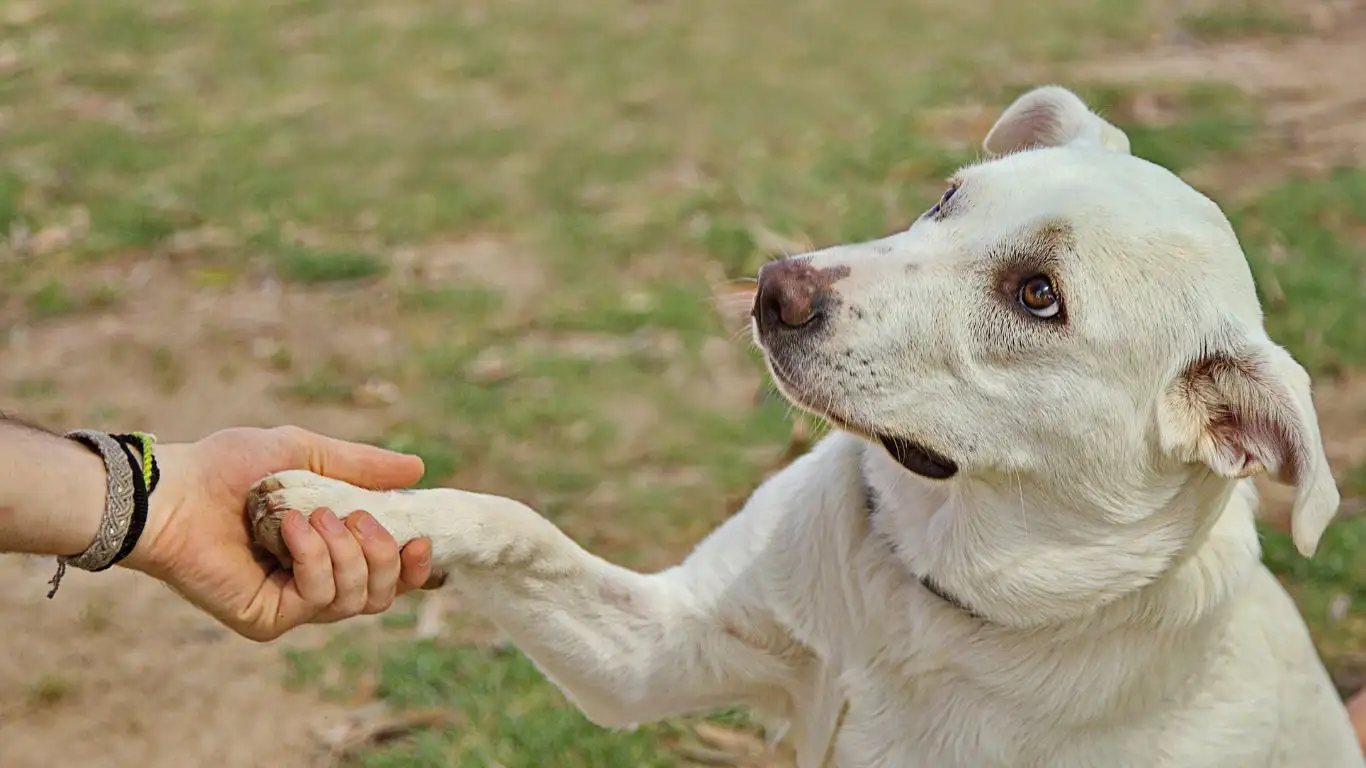
Before we dive into the training techniques, let’s first explore why dogs pull toward other animals in the first place. Understanding this behavior is essential because, when you know why your dog is acting a certain way, you can better address the root cause. Dogs, especially those with high prey drives, have a natural instinct to chase small animals. This behavior comes from their wild ancestors who needed to hunt for survival. So, when your dog spots another animal, it’s not just a random reaction—it’s an instinctual drive kicking in.
Additionally, some dogs might pull because they’re excited or overstimulated by the sight or scent of another animal. For others, it may be due to anxiety or fear. It’s also worth noting that puppies are naturally curious and may pull simply because they’re still learning how to behave on a leash.
Understanding Your Dog’s Body Language
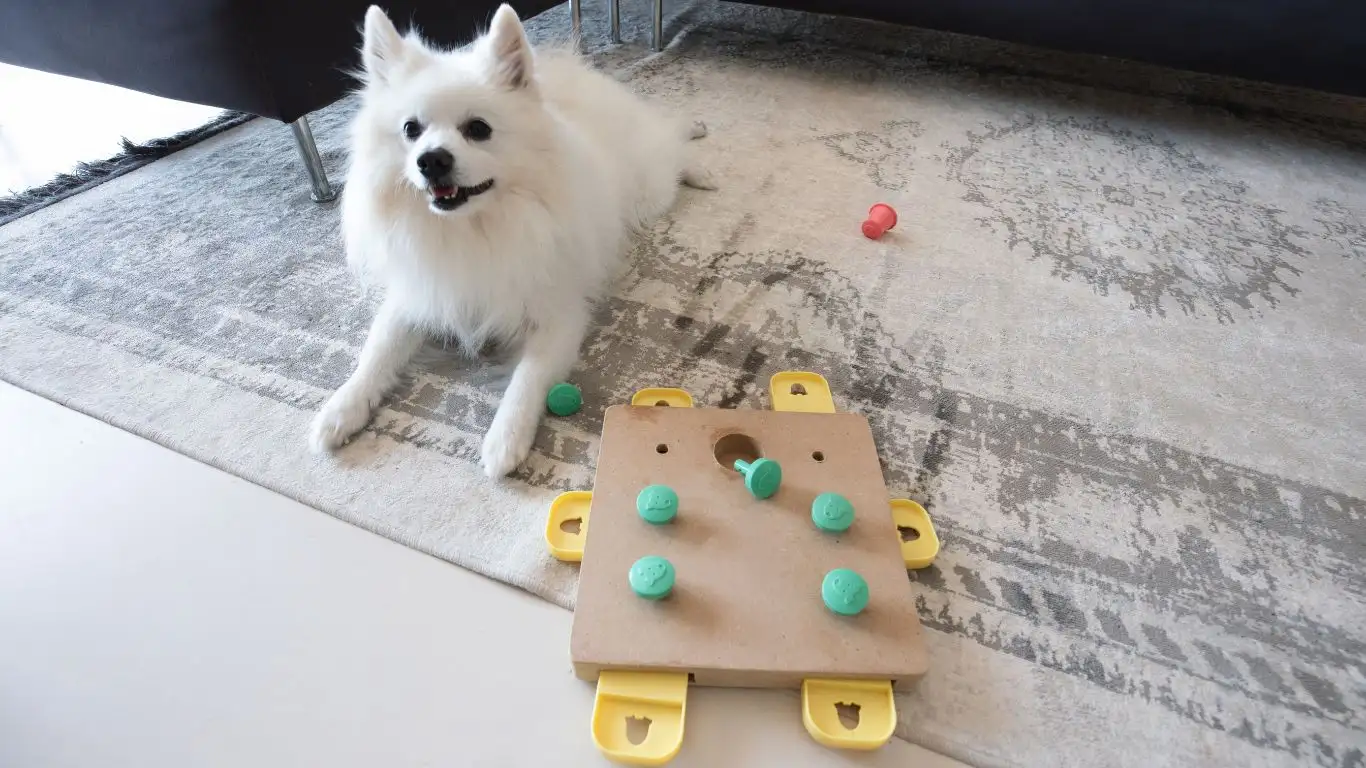
As a trainer, one of the most important skills I’ve learned is how to read a dog’s body language. Every action your dog takes can give you clues as to what they’re thinking. When a dog pulls toward another animal, their body language will often change. They might tense up, their tail might stiffen, and their eyes will likely lock on the target. This intense focus can be a clear sign that your dog is fixated on the other animal, and that’s when the pulling behavior kicks in.
Being able to recognize these signs early on can help you intervene before the pulling becomes too intense. With time, you’ll get better at anticipating your dog’s reactions and can redirect their attention before they even get the chance to pull.
Training Techniques to Stop Pulling Toward Other Animals
1. Use Positive Reinforcement
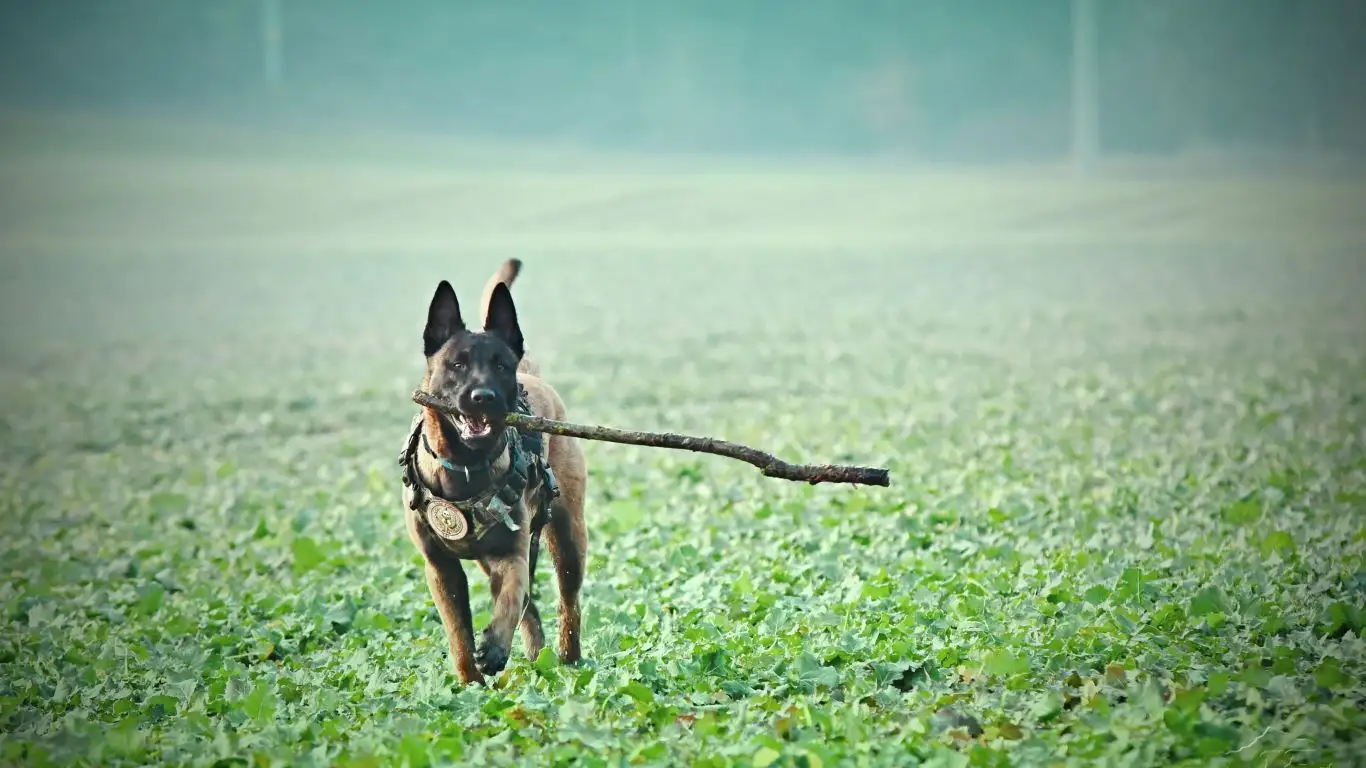
One of the most effective training techniques I use is positive reinforcement. Instead of punishing your dog when they pull, focus on rewarding them when they exhibit the behavior you want. For example, when your dog walks calmly without pulling toward another animal, immediately reward them with a treat or praise. This reinforces the idea that calm behavior leads to positive outcomes.
The key here is consistency. If your dog pulls and you don’t address it right away, they may not connect the behavior with the consequence. But, if you consistently reward calm walking, your dog will learn to associate walking nicely with receiving a treat or attention. Over time, this positive reinforcement can help break the cycle of pulling.
2. Practice “Look at That” Game
Another fun and effective method to stop pulling is the “Look at That” game. This technique involves teaching your dog to focus on the animal, but in a controlled way. The idea is to get your dog to look at the distraction (such as another dog) without becoming overly excited or pulling.
To do this, start by walking with your dog in a low-distraction environment. When your dog sees something that might trigger pulling (like another dog or animal), immediately say, “Look at that!” and reward your dog for focusing on you rather than the animal. Once they get the hang of it, practice this game in areas with more distractions, gradually increasing the difficulty.
3. Train with a Head Halter
If your dog’s pulling is especially strong, using a head halter can help give you more control. A head halter works similarly to a horse halter, where it gently guides your dog’s head and, in turn, their body. By using a head halter, you can redirect your dog’s attention more effectively when they start to pull toward another animal.
It’s important to remember that a head halter should be used as a training tool and not a long-term solution. It’s a great way to gain control during training sessions, but it should be paired with other techniques, like positive reinforcement, to help your dog learn to walk calmly without pulling.
4. Redirect the Behavior
When your dog starts to pull toward another animal, one effective way to break the focus is by redirecting their attention. This can be done by using a command like “heel” or “come,” or even by turning and walking in the opposite direction. The goal is to get your dog to stop pulling by creating a new, more engaging behavior that competes with the urge to pull.
Redirection can be particularly useful when you’re walking in areas with a lot of distractions, such as parks or neighborhoods with other dogs. By frequently redirecting your dog, they’ll learn that pulling doesn’t get them what they want. Instead, paying attention to you will lead to better results.
Dealing with Distractions: How to Train in Public
Training in public places, like dog parks or busy streets, can be tricky. There are so many distractions, and it’s easy for your dog to get overwhelmed. That’s why gradual exposure is important. Start by training in quiet, low-distraction areas before moving to more crowded environments. This allows your dog to learn the behaviors you want without becoming too overwhelmed by the chaos of a busy area.
As you continue training, gradually add more distractions, like other dogs, squirrels, or people. The goal is to help your dog stay calm in the presence of these distractions so they don’t pull or become overly excited. Consistency and patience are key here, and over time, your dog will learn to stay focused on you rather than the distractions around them.
Dealing with Leash Reactivity
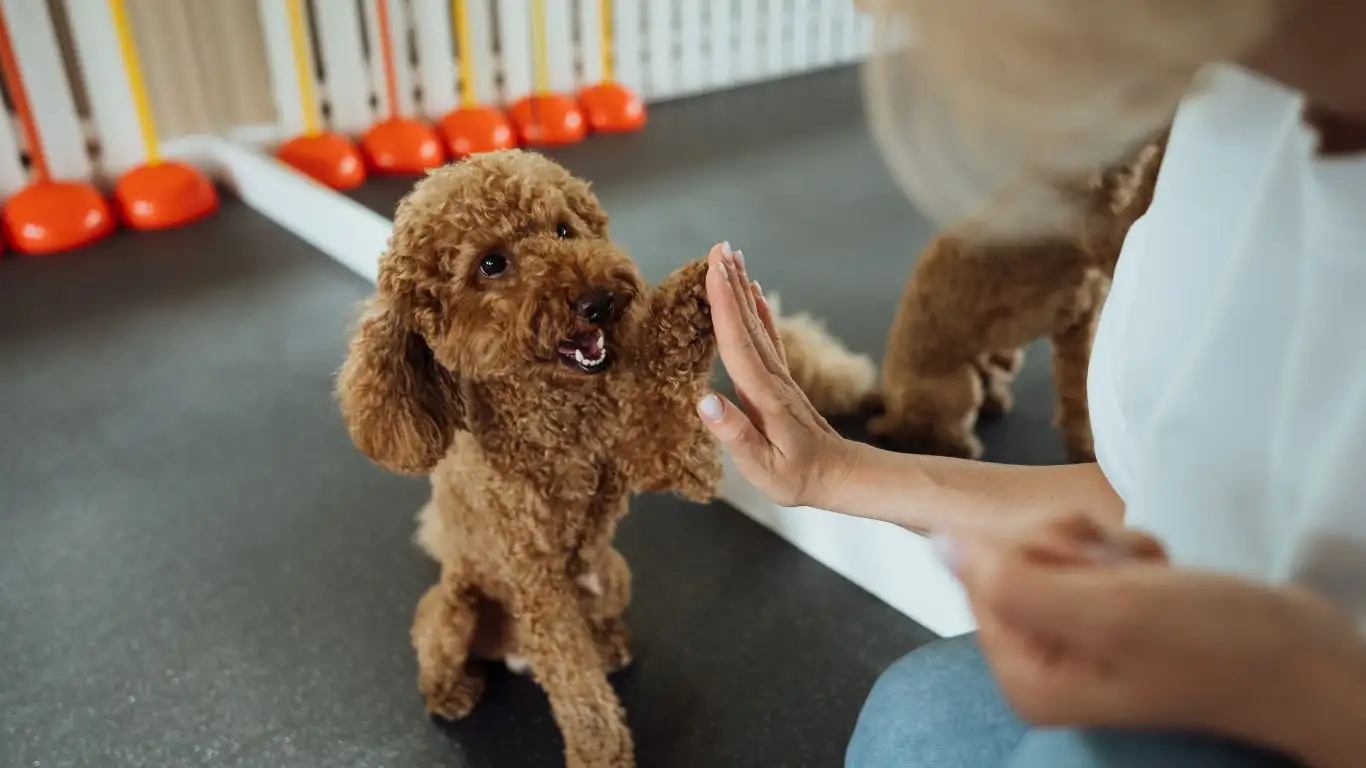
Leash reactivity is one of the most common issues that owners face when walking their dogs. If your dog tends to pull, lunge, or bark aggressively at other animals while on the leash, it could be a sign of leash reactivity. This often occurs when your dog feels threatened, frustrated, or overly excited by the sight of another animal. The frustration of being unable to reach the other animal can cause your dog to become overstimulated, leading to pulling and other undesirable behaviors.
From my experience as a Canine-Assisted Therapy Trainer, I’ve worked with many dogs who exhibit leash reactivity. The first thing I always recommend is to try and remain calm yourself. If you’re anxious or frustrated, your dog will pick up on that energy and it can make the situation worse. Dogs are highly attuned to their owner’s emotions, so staying composed helps your dog feel more secure and focused on you.
Desensitize and Counter-Condition
One of the most effective ways to address leash reactivity is through desensitization and counter-conditioning. The goal is to gradually expose your dog to the presence of other animals in a controlled manner, allowing them to learn that nothing bad happens when they see another animal.
Start by exposing your dog to low-level distractions from a distance. For example, you might want to practice walking in an area where you can see other dogs or animals, but your dog is far enough away that they aren’t overly reactive. When your dog sees the other animal, reward them for staying calm and focused on you. As your dog becomes more comfortable at this distance, you can gradually decrease the distance between them and the other animal.
Redirecting Your Dog’s Focus
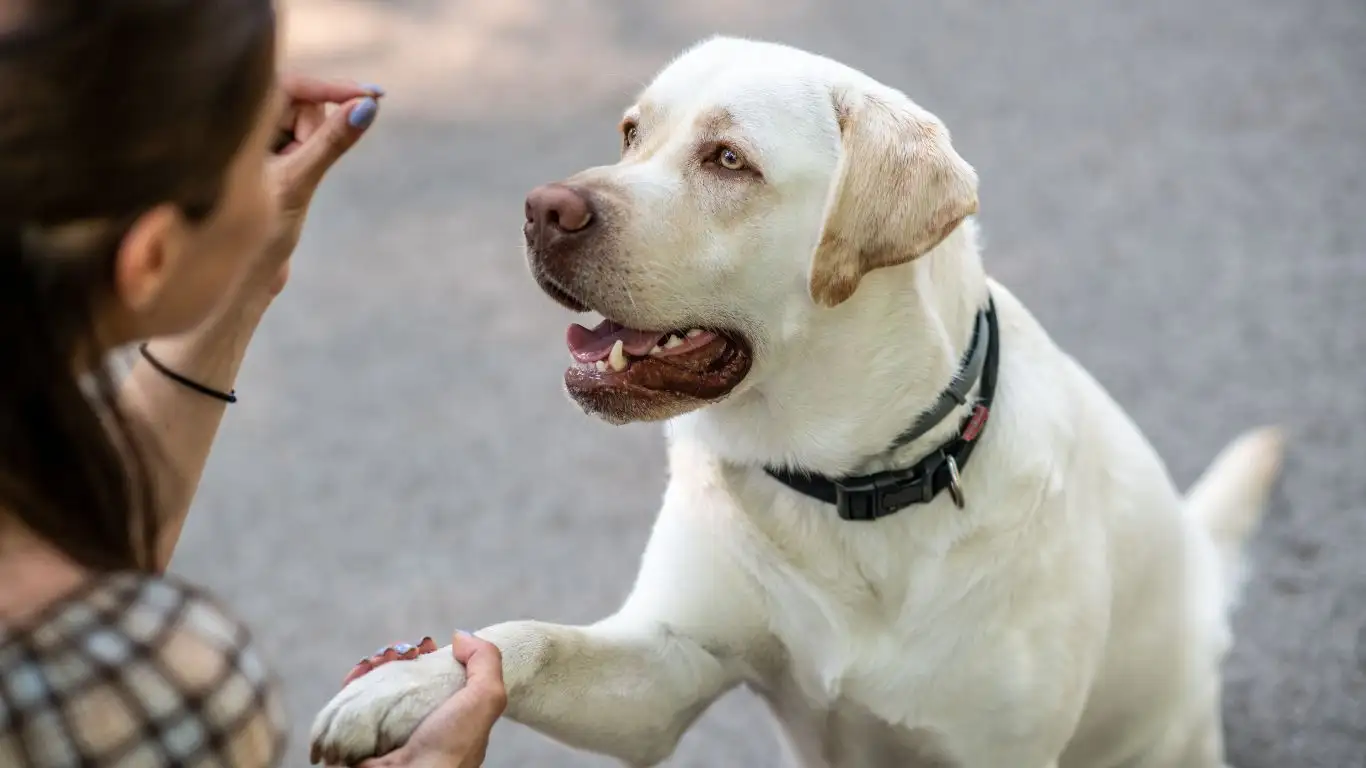
As we mentioned in Part 1, redirection is a crucial technique when your dog pulls toward another animal. But there are times when the distraction is so strong that simply turning around may not be enough. This is where having a few backup tricks comes in handy. One of my personal favorites is teaching your dog a “watch me” command. This involves getting your dog to focus on you, even when something else is going on around them.
To teach “watch me,” hold a treat near your face and let your dog sniff it. As soon as they make eye contact with you, praise them and give them the treat. With enough practice, your dog will learn to look at you when you say the command, even in distracting environments. Once they understand this command, it can be a lifesaver when you need to redirect their focus away from another animal.
Use a Properly Fitted Harness
If your dog tends to pull a lot, a well-fitted harness can make a big difference. Traditional collars can put pressure on your dog’s neck, causing discomfort and sometimes even injury. On the other hand, a harness distributes the pressure more evenly across the body, which can be more comfortable for your dog and give you more control. Some harnesses are designed specifically to reduce pulling, such as no-pull harnesses, which have a front leash attachment that discourages pulling behavior by steering your dog’s body toward you.
Choosing the right harness for your dog is important. A harness that fits well will give you better control over your dog without causing them harm or discomfort. It’s worth investing in a high-quality harness that works best for your dog’s size and breed.
Consistency is Key
When training your dog to stop pulling toward other animals, consistency is absolutely essential. Dogs are creatures of habit, and the more consistently you reinforce the behaviors you want, the quicker your dog will catch on. If you’re inconsistent with rewards or corrections, your dog might become confused about what is expected of them.
It’s important to practice regularly and set aside time each day to work on your dog’s leash manners. Even small, daily sessions can help your dog develop the skills needed to stay calm around other animals. Keep in mind that consistency isn’t just about what you do during training sessions—it also applies to your actions outside of training. For example, if your dog pulls on the leash when you’re out for walks but you don’t correct them, they may learn that pulling is acceptable outside of training sessions.
Training in Different Environments
Dogs don’t generalize behavior well, so training in different environments is crucial. If you only practice leash training in your backyard, your dog might perform perfectly in that controlled environment but struggle in more stimulating settings. Gradually take your dog to new locations with more distractions, such as a busy park, a pet-friendly store, or a neighborhood with lots of other dogs. This will help them learn to stay focused on you, no matter what’s happening around them.
Socialization is Crucial
Socialization is one of the most important aspects of dog training. A well-socialized dog is more likely to remain calm when they encounter other animals or new experiences. Early and positive exposure to different environments, sounds, and other animals can help your dog become more confident and less reactive. This doesn’t mean you have to throw your dog into situations where they’re overwhelmed, but it does mean that gradually introducing them to new experiences will help them feel more secure and less likely to react with fear or aggression.
From my own experience working with dogs in therapy settings, I’ve seen how socialization can work wonders. Dogs who have had positive experiences with other animals tend to be much more relaxed when they encounter new creatures. They’re not as likely to feel the urge to chase or pull, because they’ve learned that other animals are not something to fear.
Ultimately, the goal is to create a calm and focused dog who can handle distractions without becoming overly excited or reactive. Whether it’s through desensitization, redirection, or simply using the right equipment, there are many ways to address pulling and reactivity. The more you practice, the more you and your dog will be able to enjoy peaceful, stress-free walks together.
Understanding the Importance of Patience in Training
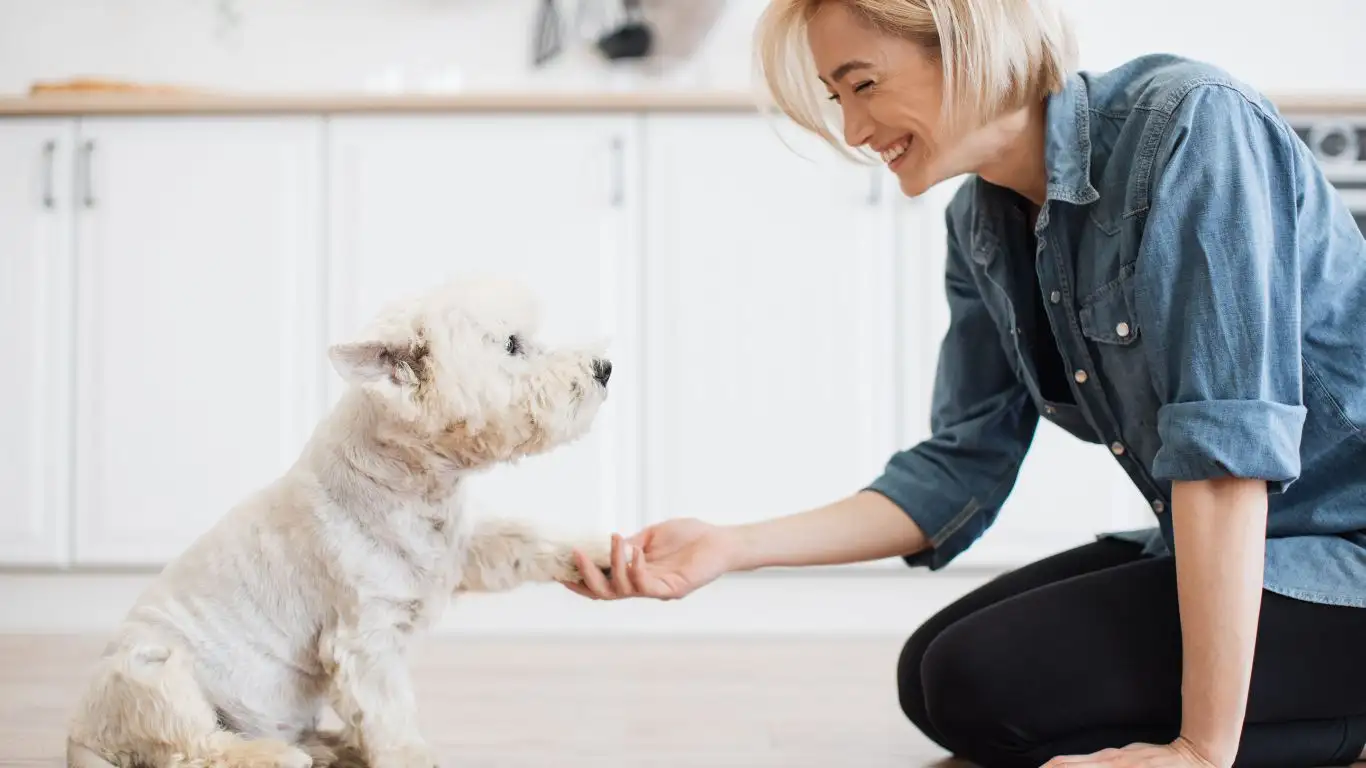
As a Canine-Assisted Therapy Trainer, one of the most important things I’ve learned is that patience is absolutely essential when working with dogs. Every dog is different, and while some may learn quickly, others might take a bit more time to grasp certain behaviors. When training your dog to stop pulling toward other animals, it’s easy to become frustrated when things aren’t progressing as fast as you’d like. However, I can’t stress this enough: patience is key.
In my experience, dogs often sense when their owners are impatient or stressed, and this can negatively impact the training process. If you stay calm and patient, your dog is more likely to mirror that behavior. It’s all about creating a positive learning environment, which helps your dog feel more confident and relaxed.
Remember, every dog progresses at their own pace, so don’t rush the process. Celebrate the small victories along the way, like walking a few extra steps without pulling or being able to focus on you for longer periods. These are signs of progress, even if they seem small at the time.
Addressing Fear-Based Pulling Behavior
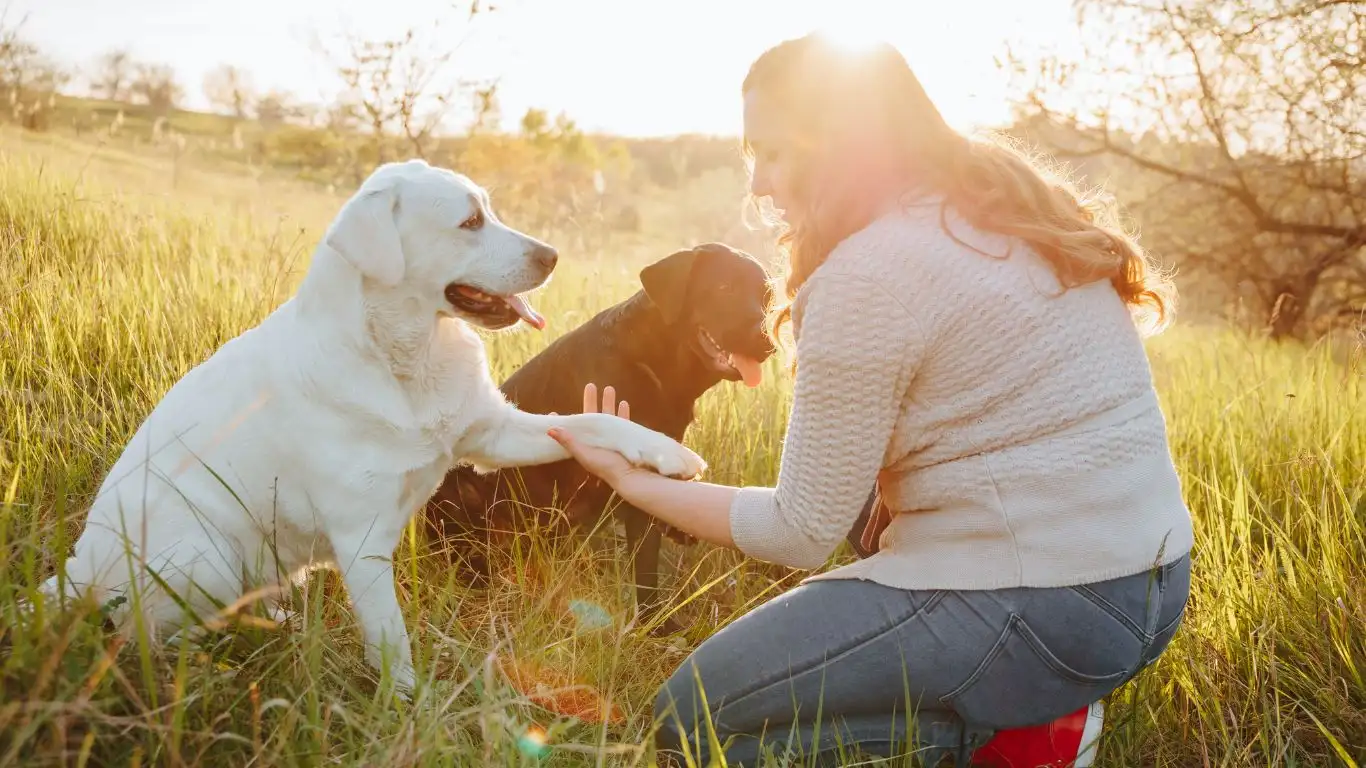
Some dogs pull toward other animals due to fear rather than excitement or a prey drive. This is more common in dogs who have had negative experiences with other animals in the past, or who may not have been properly socialized. Fear-based pulling can be more challenging to address because it often involves a deeper level of anxiety.
When working with fear-based pulling, the key is to gradually desensitize your dog to the presence of other animals. However, this process must be done very carefully. It’s important to go at your dog’s pace and never force them into a situation where they feel overwhelmed. Start with minimal exposure to other animals and slowly increase the level of difficulty as your dog becomes more comfortable.
I’ve worked with many dogs who initially exhibited fear-based reactions to other animals. With patience and gentle exposure, I’ve seen those same dogs make incredible progress. For some, it took a few weeks, while for others, it took months. The point is that progress is possible with the right approach, and never giving up on your dog can make all the difference.
Building Confidence Through Controlled Exposure
One of the most effective ways to address fear-based pulling is through controlled exposure. Begin by observing your dog’s reaction to other animals from a distance. The further away, the better. As your dog becomes less anxious, slowly reduce the distance between them and the other animals. This technique allows your dog to observe the animal without feeling like they need to pull or react in any way.
During this process, always reward calm behavior. If your dog remains calm and doesn’t pull, praise them immediately. With enough repetition, your dog will learn that being calm around other animals brings positive outcomes. Over time, their anxiety will decrease, and they’ll become more confident in the presence of other creatures.
Why Regular Exercise is Crucial
It might sound simple, but regular exercise plays a big role in reducing pulling behavior. When dogs are not getting enough physical and mental stimulation, they’re more likely to exhibit undesirable behaviors like pulling. High-energy dogs, in particular, can become frustrated and overly excited if they don’t have an outlet for their energy.
I can’t tell you how many times I’ve seen a dog’s behavior improve dramatically just by increasing their daily exercise routine. Whether it’s a brisk walk, a run, or a game of fetch, physical exercise helps to burn off excess energy, making your dog more focused and less likely to pull toward other animals. Additionally, mental stimulation is just as important as physical exercise. Puzzle toys, training sessions, and other activities that engage your dog’s brain can help tire them out in a healthy way.
Engage Your Dog’s Mind
If you’ve ever had a dog who seems to have endless energy, you know how frustrating it can be to keep them entertained. But mental stimulation can be just as tiring as physical activity. Teaching your dog new tricks, practicing commands, or introducing them to different environments can help them channel their energy in a positive direction.
When a dog is mentally engaged, they’re more likely to focus on you during walks and less likely to become distracted by other animals. In my work, I’ve often found that dogs who have a good balance of physical and mental exercise are much better behaved on the leash.
Seeking Professional Help When Needed
While many of the techniques we’ve discussed can be implemented on your own, there are situations where seeking professional help is the best option. If you’ve tried various training methods and haven’t seen the results you’re hoping for, it might be time to bring in a professional dog trainer.
I’ve worked with a lot of dogs and their owners, and sometimes a fresh perspective or a more experienced hand can make all the difference. Professional trainers can offer personalized advice and tailored plans that fit your dog’s specific needs. Whether it’s a specialized training program for leash reactivity or one-on-one sessions to address fear-based behaviors, a skilled trainer can help you and your dog achieve the results you want.
If you’re unsure where to start, organizations like the American Kennel Club (https://akc.org/) and PetMD (https://www.petmd.com/) offer resources to help you find qualified trainers in your area. Additionally, you can always ask your veterinarian for recommendations based on your dog’s unique behavior challenges.
Disclaimer
The information provided in this article is for general educational purposes only. It is not intended to replace professional advice or consultation. If you have concerns about your dog’s behavior or if you’re unsure about the best training methods for your dog, it’s always a good idea to consult a qualified veterinarian or professional dog trainer.
Behavioral training can take time, and every dog is different. Be patient with your furry friend, and remember that consistency, positive reinforcement, and a calm approach are the best ways to help them succeed in learning how to stop pulling toward other animals.
